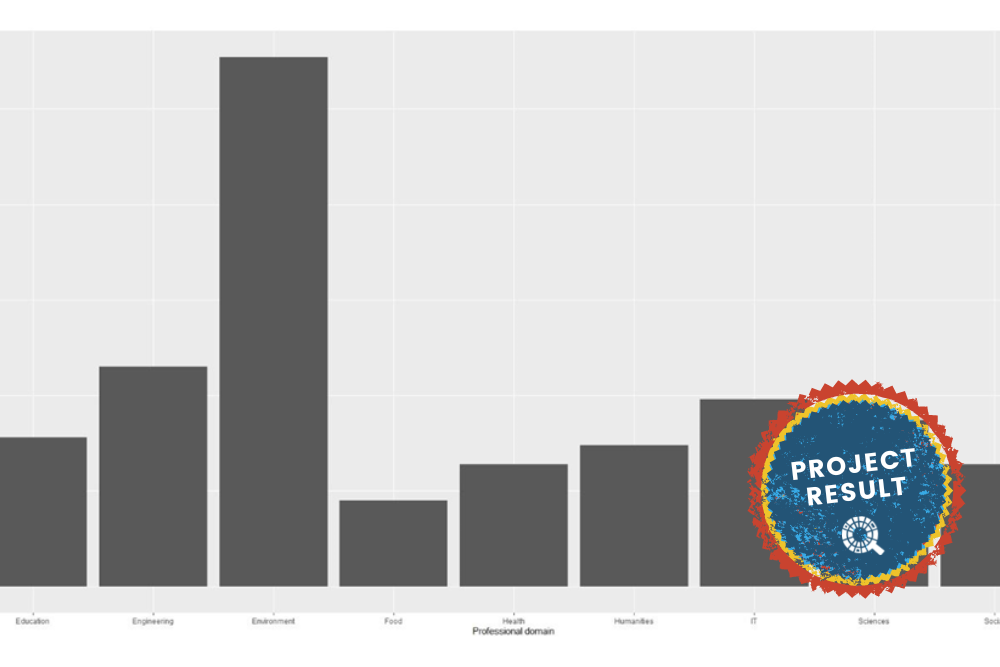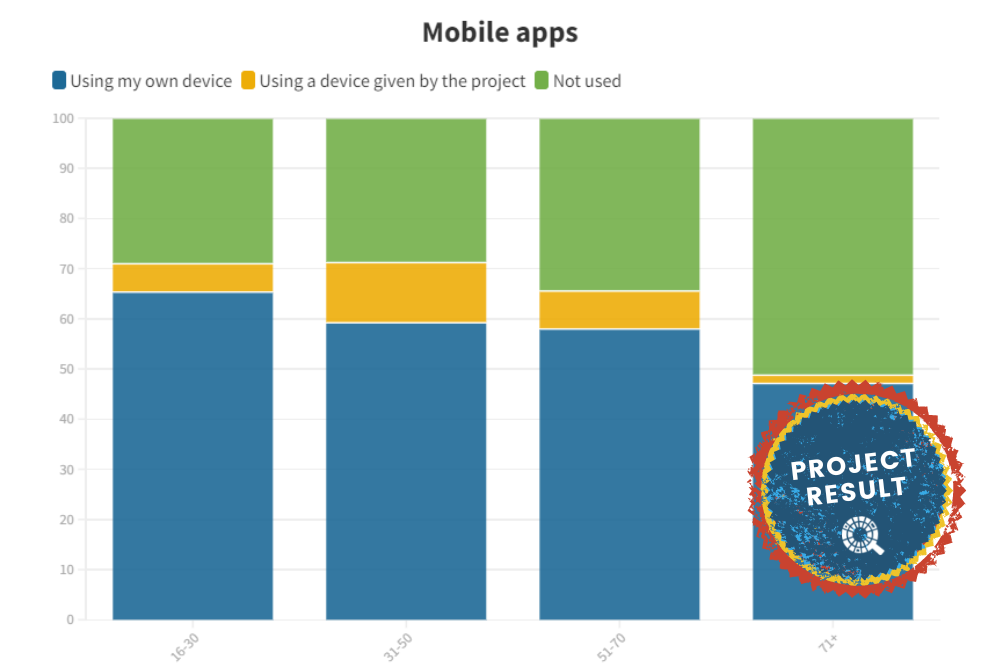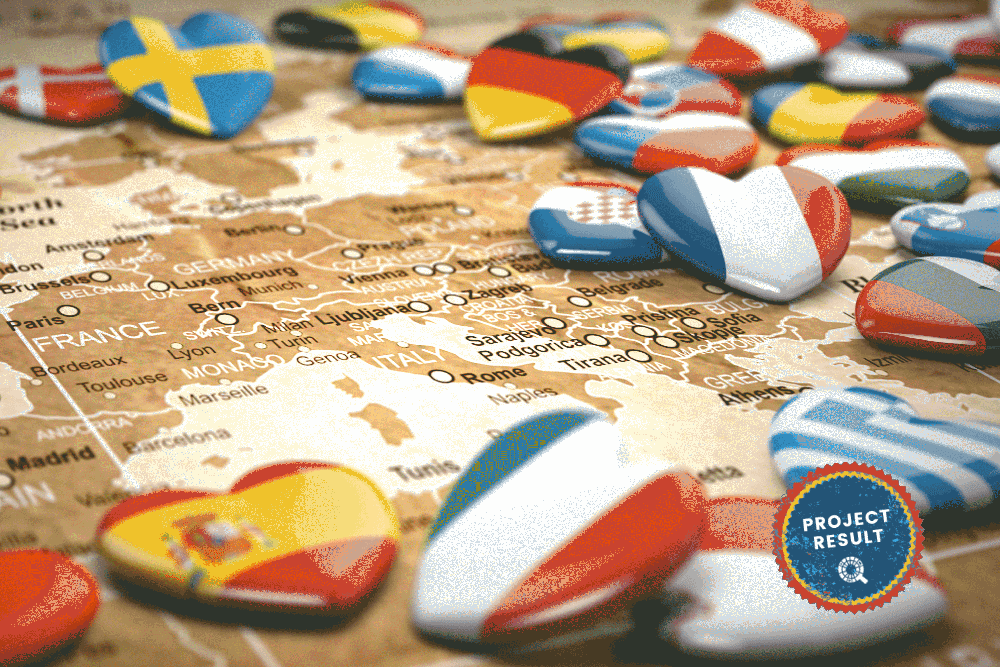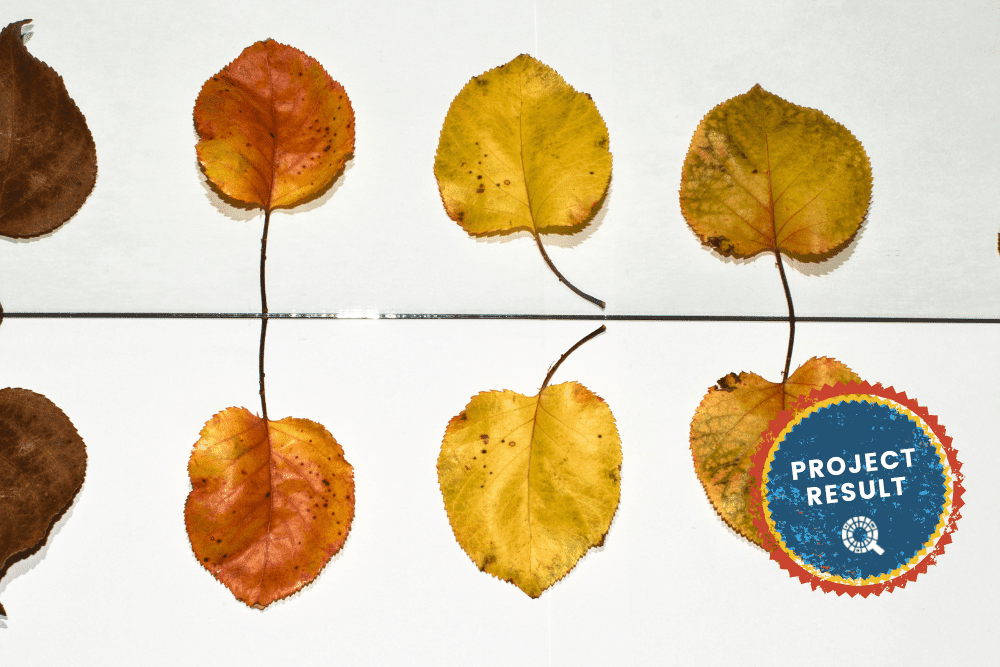4460 projects from European Union and Associated countries were extracted in the first version of the database
52 platforms from 22 European or associated countries where selected
CS Track aims at narrowing the considerable knowledge gap about citizen science that exists, combining methods of social and computer sciences and the humanities. Research will be focused on the analysis of a broad range of projects across the European Union, H2020 Associated Countries and beyond (from 22 countries in total (Graph 2) employing 13 different languages (Graph 3)). To meet this objective, a database of citizen science projects (4460 citizen science projects stored) has been compiled for data analysis to better understand digital manifestations and traces of citizen science projects on the web. This is an ongoing process therefore numbers could increase in the coming months.
How to interpret this data
There are few references in literature to what constitutes a citizen science platform (Liu HY., et al, D, 2021). CS platforms and other organisations like museums, biodiversity platforms or science institutions (e.g. the Natural History Museum London, Vigie Nature and Desqbre) are a valuable data source of information about citizen science projects. In general, besides other content, these websites contain repositories with metadata of CS projects. To date, we have extracted data from 52 different platforms and organisational websites.
Graph 1 shows how platform types are classified in the database and the distribution of platforms by typology. Graph 2 and Graph 3 show distribution by country and by the content language of the data extracted from the CS platforms or websites.
As a conclusion, this graphical article summarises part of the work done with the database during the first year of the project. Platforms were analysed and the PPSR_CORE metadata standard was used to extract and classify information about the CS projects in the CS Track database. The data has the potential to open a new perspective on citizen science by applying more complex computational analytics.
References
Liu HY., Dörler D., Heigl F., Grossberndt S. (2021) Citizen Science Platforms. In: Vohland K. et al. (eds) The Science of Citizen Science. Springer, Cham. https://doi.org/10.1007/978-3-030-58278-4_22














